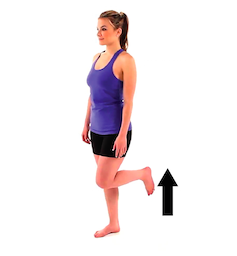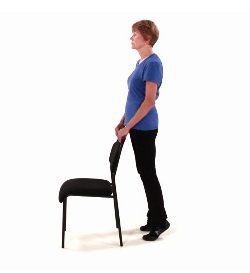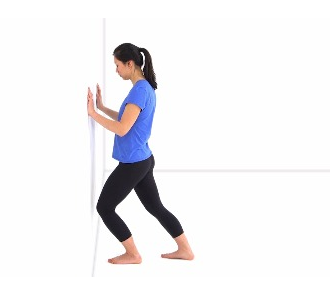THE ANKLE: A SMALL BUT IMPORTANT JOINT
Are your ankles ready to carry you into fall as you go hiking and playing in the great outdoors? You remember the kid’s song about the bones?
“The toe bone’s connected to the foot bone,
The foot bone’s connected to the ankle bone,
The ankle bone’s connected to the leg bone,
The leg bone’s connected to the knee bone,
The knee bone’s connected to the thigh bone,
The thigh bone’s connected to the hip bone,”
The song is so right. The joints are all connected. If one joint stops working it affects all the joints above and below. I asked my 8-year-old granddaughter what happens if your ankle doesn’t work right and she replied, “Then you can’t walk or your walking will not be right”. She was correct. Each joint in our body depends on the joint above and below to be functioning correctly.

The ankle joint is composed of 3 bones, the Tibia (or shin bone) on the inside, the Fibula ( the thin long bone that runs down the outside of the shin) on the outside and the Tarsal (the actual ankle bone) underneath. These three bones allow your foot to flex upward (dorsiflex) and extend (plantarflex). The subtalar joint while not really part of the ankle is the joint between the calcaneus ( heel bone) and the tarsal bones and allows for the sideward motion in your ankle eversion (moving the foot to the outside)and inversion, (moving the foot to the inside). Check out this web site for a booklet explaining the ankle anatomy.
Most of the ankle motion is caused by the stronger muscles of the lower leg whose tendons pass by the ankle and connect in the foot. The peroneals (peroneous longus and brevis) on the outside edge of the ankle and foot bend the ankle down and out. The calf muscles (gastrocnemius and soleus) connect to the calcaneus by the Achilles tendon. When the calf muscles tighten, they bend the ankle downward. The posterior tibialis muscle supports the arch and helps turn the foot inward. The anterior tibialis pulls the ankle upward. Some of the muscles that move the toes will help out with moving the ankle, especially if the primary muscles are weak.
To allow your ankle to move correctly you need an adequate range of motion. If ankle dorsiflexion is limited, that means you will not be able to shift your weight forward over your foot as you step, especially if you are walking up a hill. That means your foot, knee, hip and or your back will have to compensate for that loss of motion.
If your ankle muscles are weak your ankle will be unstable and you will have increased difficulty with balancing and an increased risk of an ankle sprain. To walk you must push off the toes as you bend your knees to allow you to swing your leg thru. Then you must pull up the toes so the heel is the first part of your foot to strike the ground as you shift weight to your foot and straighten your knee. If that is not happening, somewhere or up down the chain will have to compensate. You may experience that as pain in what seems like an unrelated joint or body part.
Try these exercises at home while standing at your kitchen sink or while brushing your teeth to help stretch and strengthen your ankles.



Now, get out and enjoy your fall before it’s over!
If you have concerns about your readiness to get out and move, talk to a PT at Advantage Rehab about what we can do to help you get ready.